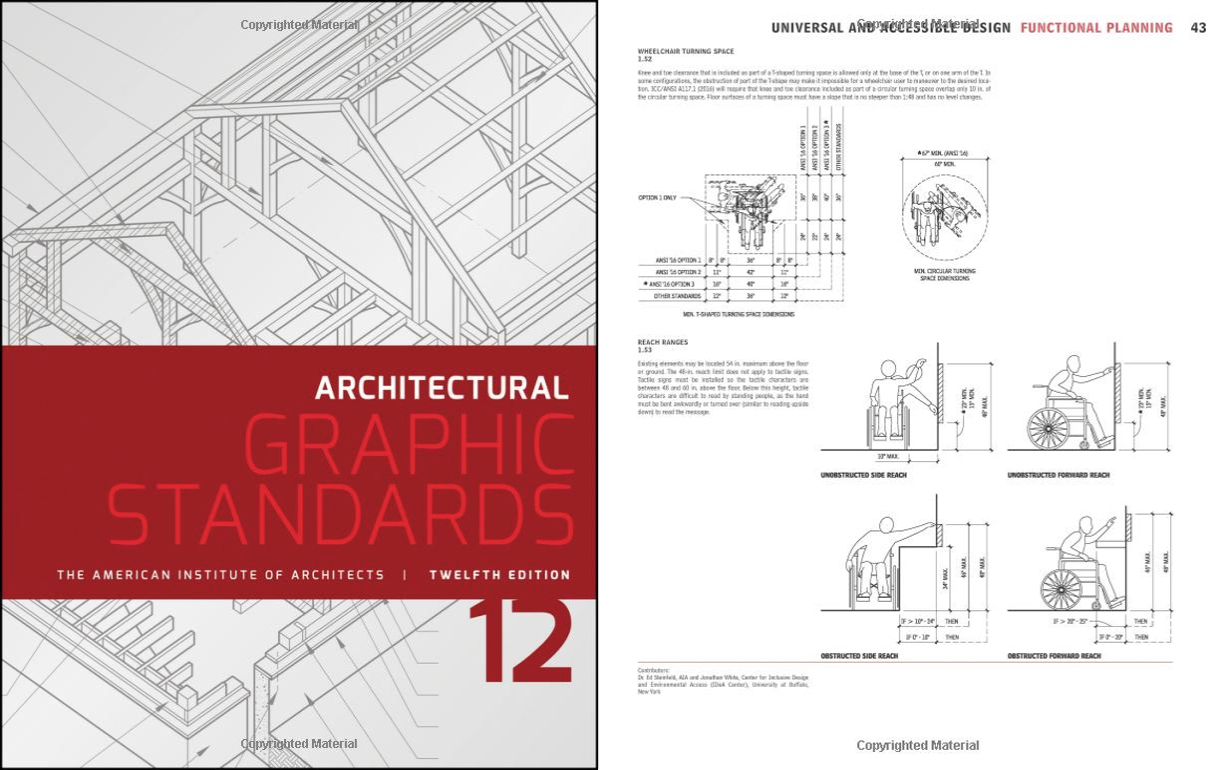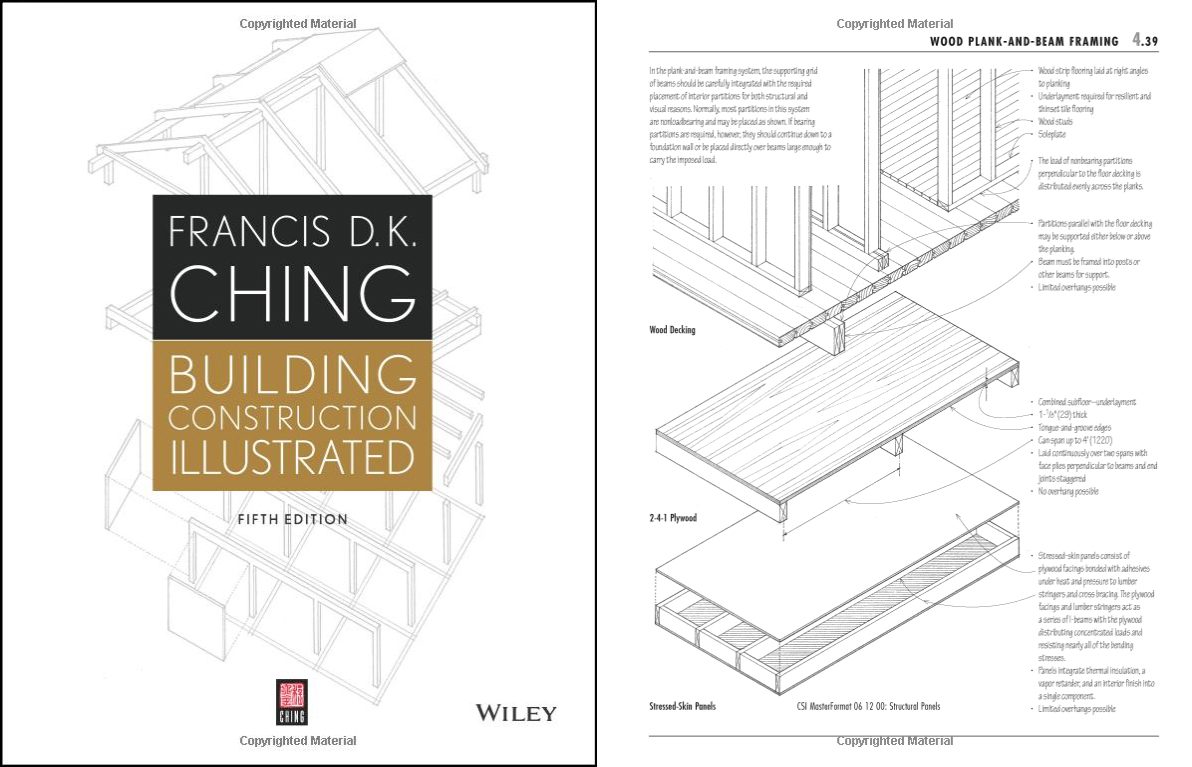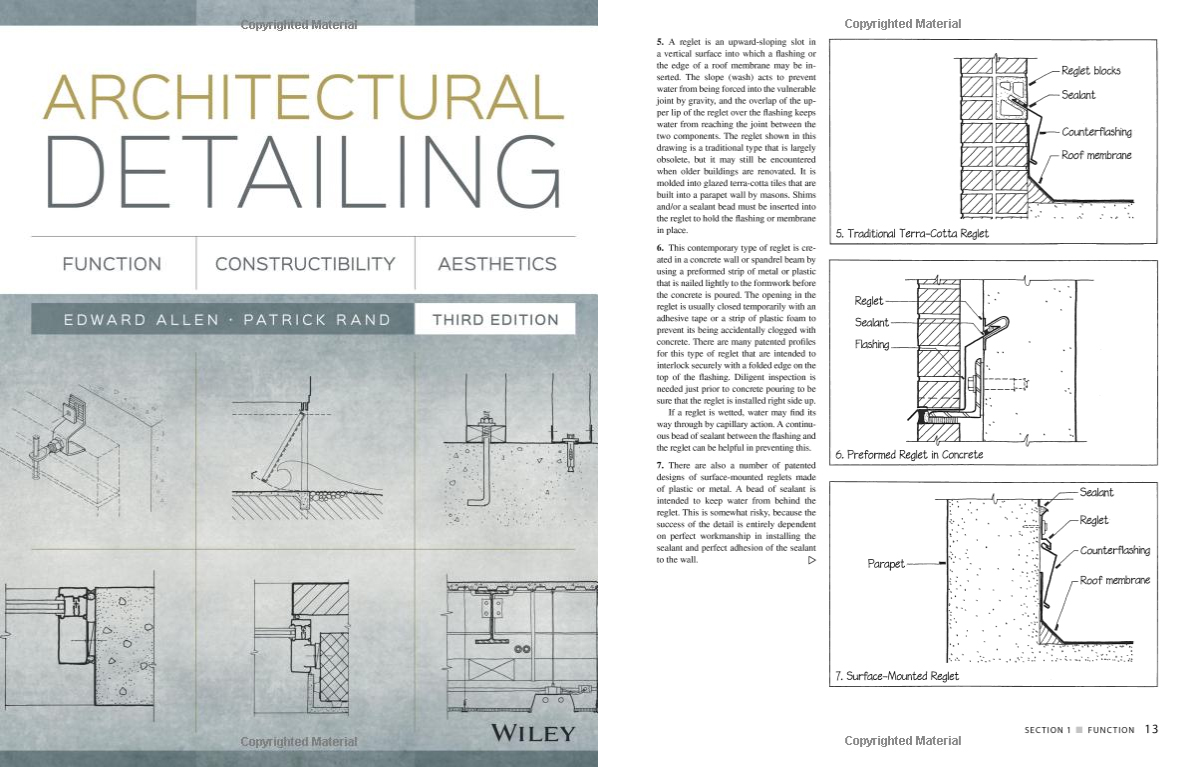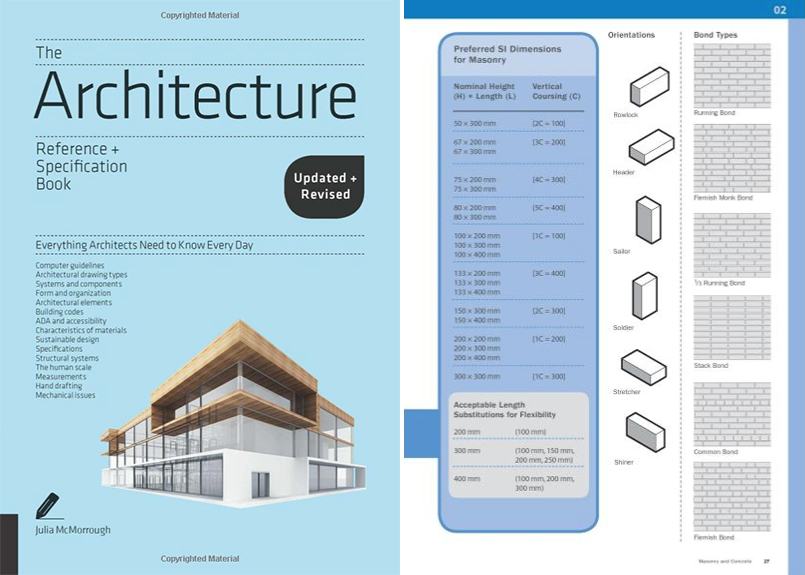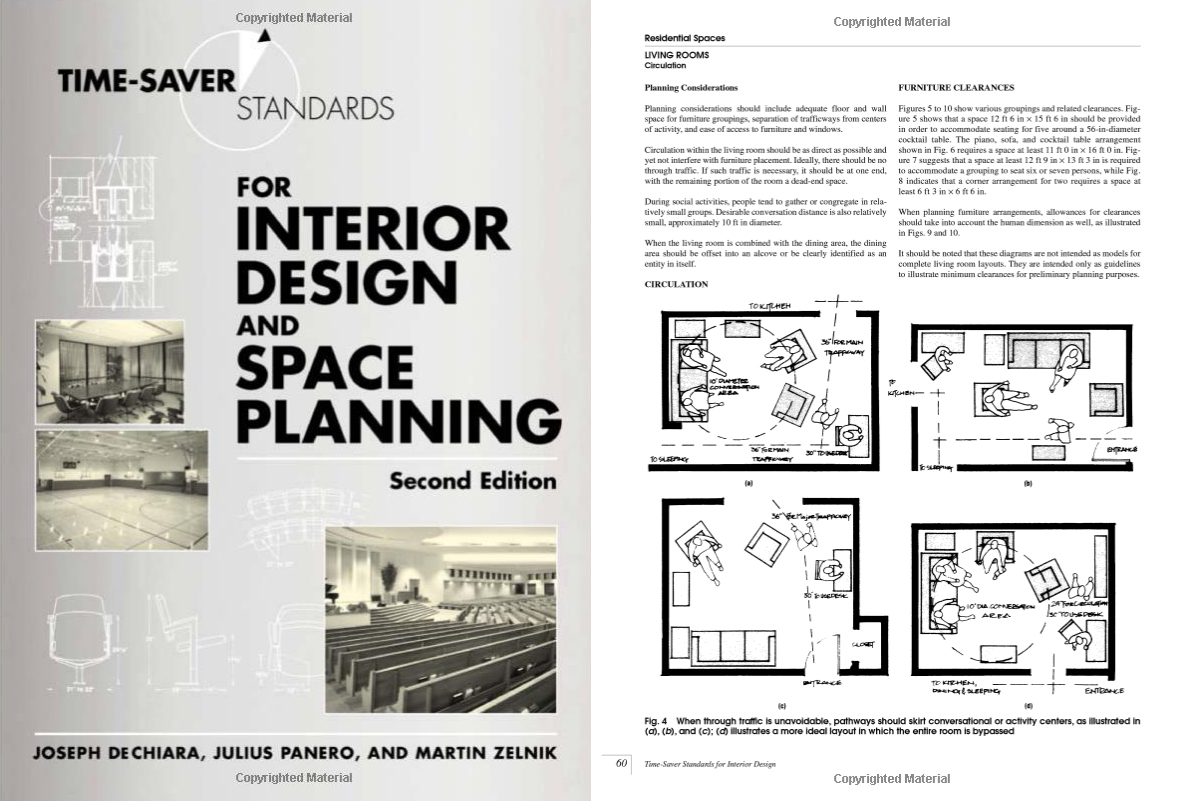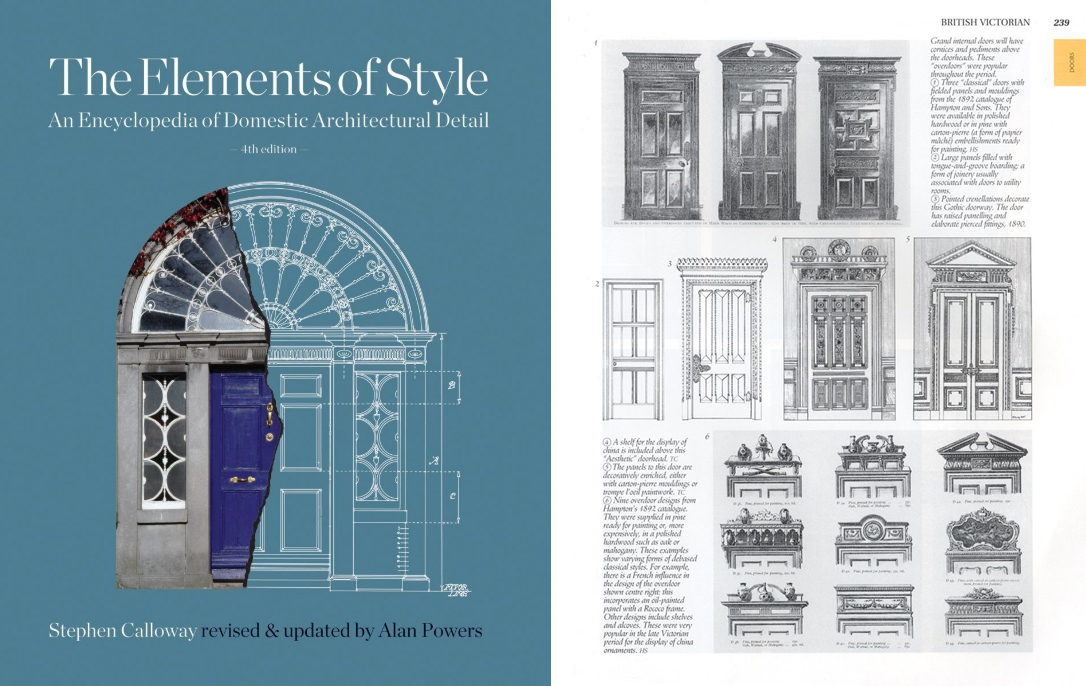Architizer Journal is reader-supported. When you buy through links on our site, we may earn an affiliate commission. Learn more
When it comes to reference books, architects probably have it better than most. While manuals for many professions tend to be vast written tomes, the best architecture books and field guides for reference purposes are cleanly illustrated graphic collections, frequently seen as works of art in their own right.
Even with this advantage, however, there’s unfortunately no one book to rule them all; the information an architect needs at hand is simply too vast. As such, a wide array of architecture books have appeared over the years, and while many of them overlap in subject matter, it’s where they differ, as well as how they organize their information, that’s noteworthy.
Below is a collection of best architecture books for referencing — both perennial favorites and lesser known volumes. Whether you are an aspiring Frank Lloyd Wright or a budding Frank Gehry, these books will prove their worth to you — not only for the information they provide, but the way they provide it.
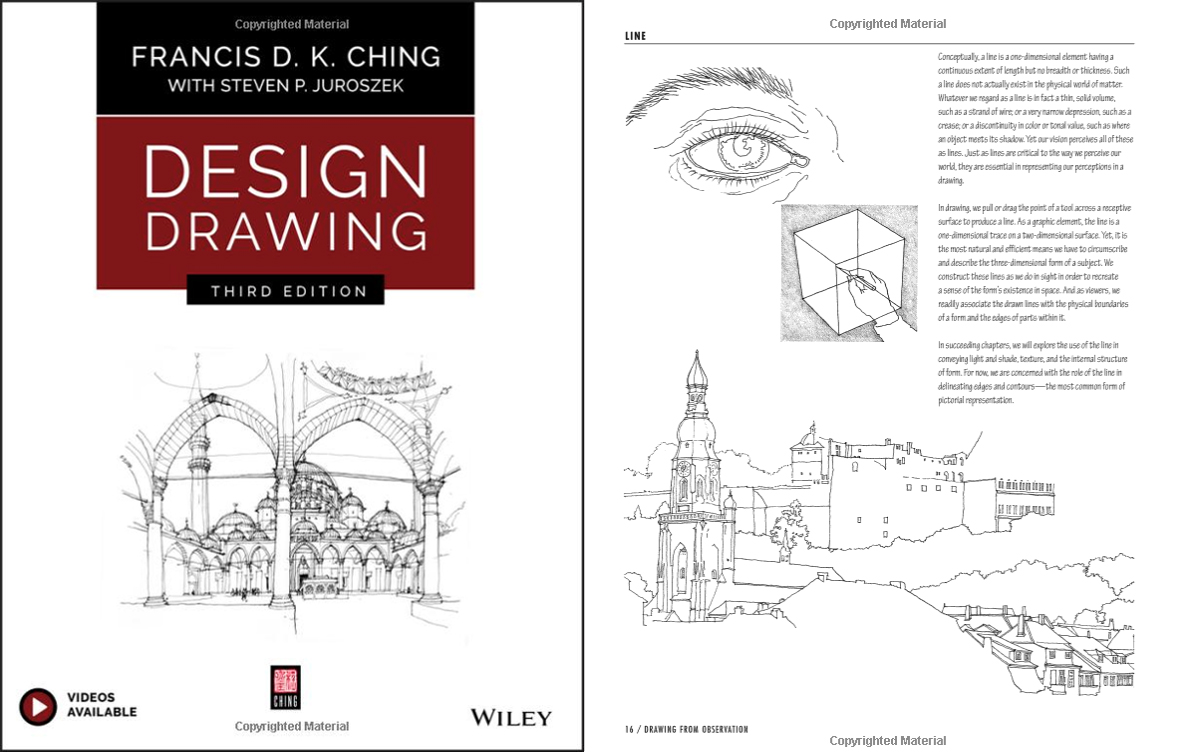
Design Drawing by Francis D.K. Ching and Steven P. Juroszek
One of many architecture books authored by the well-known Francis D.K. Ching, Design Drawing is a great place to start. Whether you’re just beginning to learn about architectural design or you’re a seasoned pro revisiting fundamentals, it covers how to draw at the most basic level. Eschewing complex technical details, this book addresses drawing items like forms, voids, shadows, perspectives and other staples of hand drawing, illustrated throughout with architectural examples.
Architectural Graphics by Francis D.K. Ching
Another Ching book frequently seen in first-year studios, this one is a logical next step that narrows in on drawing specifically for architectural purposes. Focused mostly on the graphic conventions of technical drawing, it’s a comprehensive resource for a wide range of architectural representation standards in professional use. Despite constant technological change in the way architectural drawing is produced, this volume endures because the visual language it employs is both timeless and universal.
Architectural Graphic Standards by the
Long considered a sort of bible for architects and architecture students alike, this massive volume comprehensively documents nearly every design element found in a building. Spanning past to present, it covers Greek proportion systems and barrier-free design, explains structural load calculations and breaks down every component of modern construction assemblies. It’s extremely thorough but easy to get lost in if you’re not already familiar with design and construction – which explains why it’s a common sight on the desks of young architects and experienced practitioners alike.
Building Construction Illustrated by Francis D.K. Ching
Increasing in both complexity and specificity, Building Construction Illustrated has a lot of overlap with Architectural Graphic Standards but a much tighter focus on technical detailing for construction. The book is neatly organized into spatial considerations, starting with a building’s site then moving to the foundation, walls and roof. It’s a shorter and more accessible than Graphic Standards, and feature’s Ching’s hallmark illustrations as its primary means of communication. If there is one book that should be present in every architecture school studio, this is surely it.
Architectural Detailing: Function, Constructibility, Aesthetics by Edward Allen and Patrick Rand
There are many resources for construction detailing, and while few will likely ever unseat the academics classics, there’s something to be said for situational awareness. More practical than scholastic, Architectural Detailing recognizes that an architect’s day-to-day work doesn’t happen in a vacuum, which is why it organizes technical detailing by purpose. Controlling water, mediating heat and blocking the passage of sound are just a few of the sections you’ll find in this handy reference, which is just as detailed as its peers but geared towards the realities of daily practice.
The Architecture Reference & Specification Book by Julia McMorrough
Moving further in the direction of practicality, this is a bite-size guide that fits in a bag or a desk drawer. Intended to be carried on job sites or flipped through during phone calls, this smartly illustrated guide focuses on specifying, going beyond drawing details to address the written aspects of construction. This knowledge, organized in a think-on-your-feet format, is essential during construction administration, when everyone on a project is looking to an architect for answers.
Time-Saver Standards for Interior Design and Space Planning by Joseph DeChiara, Julius Panero and Martin Zelnik
Once you’ve grasped the basics of drawing and detailing, it’s time to move on to the logic of design. Covering the ergonomics of interior spaces and furnishings, this book is all about dimensions. How tall should a desktop be? How about a desk drawer? And a desk drawer pull? While we’re at it, what’s a good on-center spacing for a series of desk drawer pulls? This architecture reference book answers all the above questions and more with extremely thorough diagrams, and while it is a bit dated, its subject matter is timeless.
The Elements of Style: An Encyclopedia of Domestic Architectural Detail by Stephen Calloway, Alan Powers and Elizabeth Cromley
This book is all about building design and proportioning systems, organized by aesthetic style and compositional arrangement. From antiquity to the present, it’s a comprehensive case study in building styles both past and present, fully detailed and displayed in chronological order. This book explores some of the stylistic rationale behind every type of architect, from classicists like Palladio to modernists like Le Corbusier. As a design reference, it serves as a reminder that you have to know the rules in order to break them.
Building Codes Illustrated: A Guide to Understanding the 2018 International Building Code by Francis D.K. Ching and Steven R. Winkel
Whether you are based in New York or Nantucket, the most important aspect of an architect’s job is how to do it without getting sued. Putting the expansive knowledge of design to use in compliance with codes is the subject of this last but indispensable architecture reference book. Based on the International Building Code but supplanting dense text with straightforward illustrations, it’s geared toward architects who may have stronger visual sensibilities than verbal ones.
For books on the history of architecture, the future of architecture and everything in between, check out this list of highly reviewed architecture books.
Architizer Journal is reader-supported. When you buy through Amazon links on our site, we may earn an affiliate commission. Learn more


